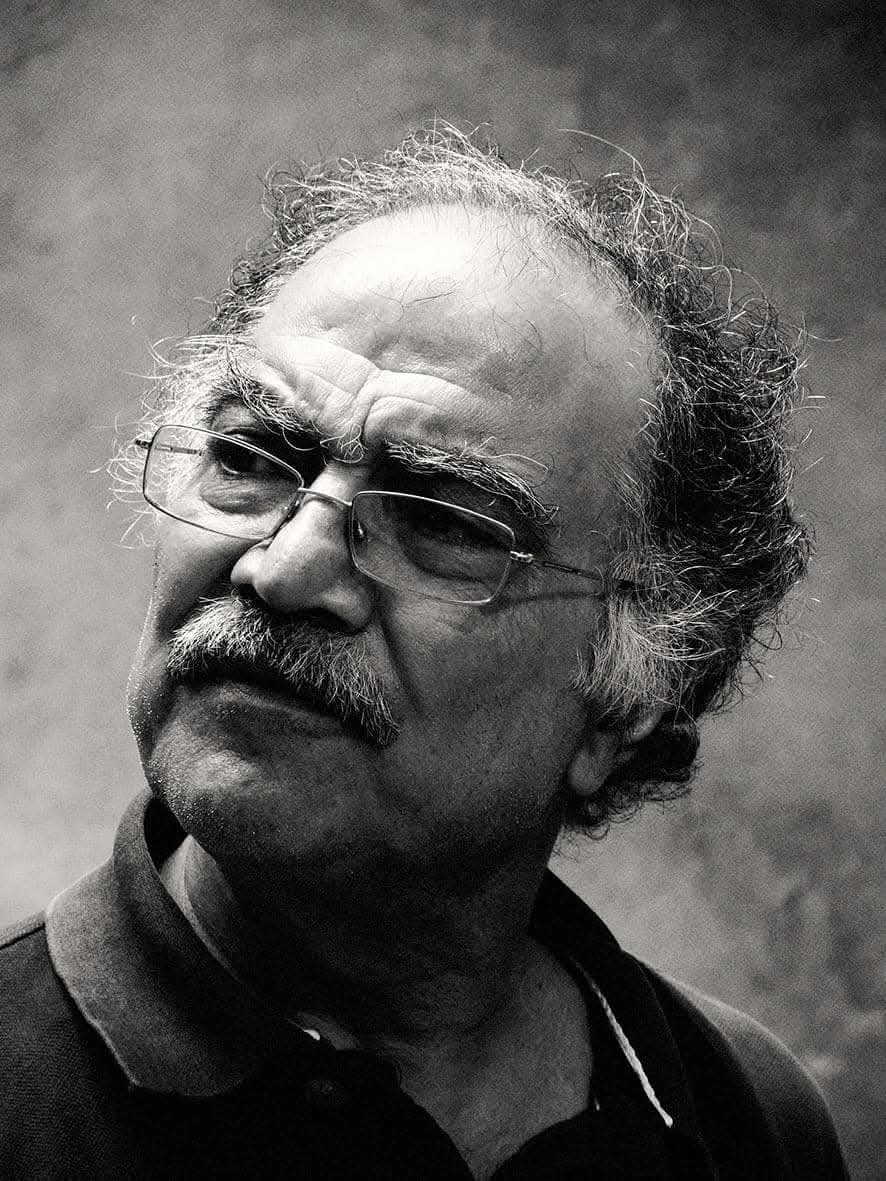
Edward Shahda
(born in Hama, Syria, in 1952) is a distinguished Syrian painter whose career
spans over five decades. He embarked on his artistic journey in 1968 at the
Suheil Ahdab Center in Hama before pursuing formal education at the Faculty of
Fine Arts in Damascus, where he graduated with highest distinction in 1976.
His early
influences included classical realism, Between 1989 and 1992, Shahda spent time
in the former Soviet Union, undertaking a residency at the Anatoli Klankov
Atelier in Russia, which provided him with opportunities to study a wide array
of European artworks. Later, he delved into Oriental art forms, including
Persian, Indian, and Chinese art, miniatures, and Middle Eastern icons, aiming
to merge the aesthetics of Oriental miniatures with Syrian icon art in his
distinctive style.
Shahda's
works have been widely exhibited since 1980 in prestigious international solo
and group exhibitions across Syria, Russia, Lebanon, Egypt, Dubai, Turkey, the
USA, Canada, France, Switzerland, and China. Notable participations include the
Beijing Biennale in 2005 and 2008, and an exhibition at The Institute of the
Arab World in Paris in 2008. His paintings are held in significant museum and
private collections throughout the Middle East, Russia, Europe, and the USA.
Beyond his studio practice, Shahda is also a visual arts instructor at the
University of Damascus and a board member of the Syrian Visual Arts Union,
actively fostering dialogue and exchange among artists across generations.
Edward
Shahda's artistic style is characterized by its vibrant use of color, its
figurative focus on the human subject (particularly women), and its deep
engagement with symbolism and mythology, often translating complex narratives
into compelling visual forms. His work masterfully blends diverse influences
from both Western realism and rich Eastern artistic traditions.